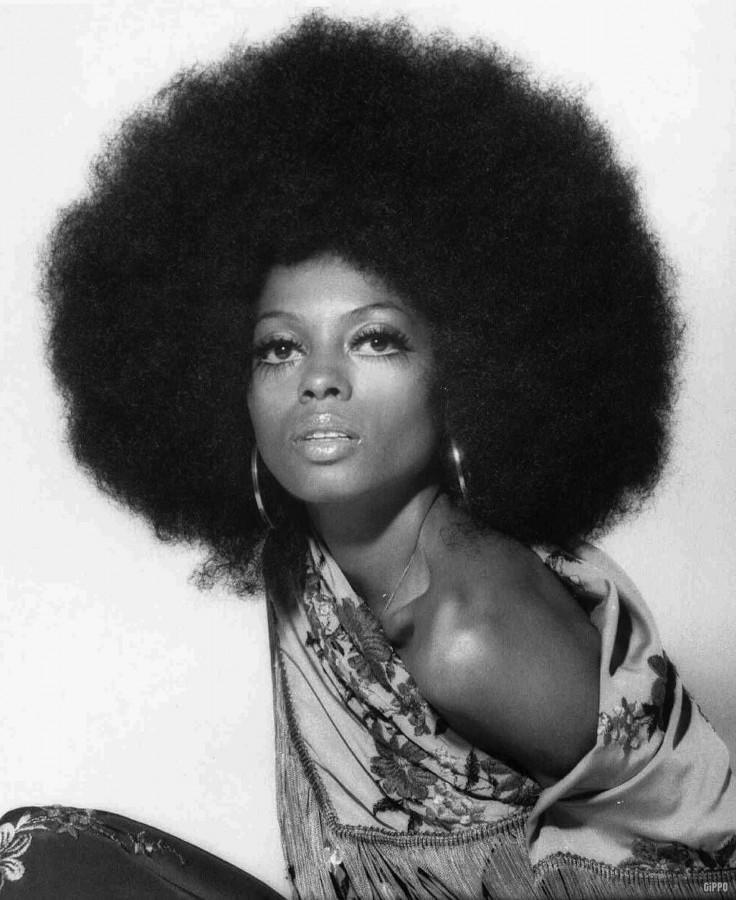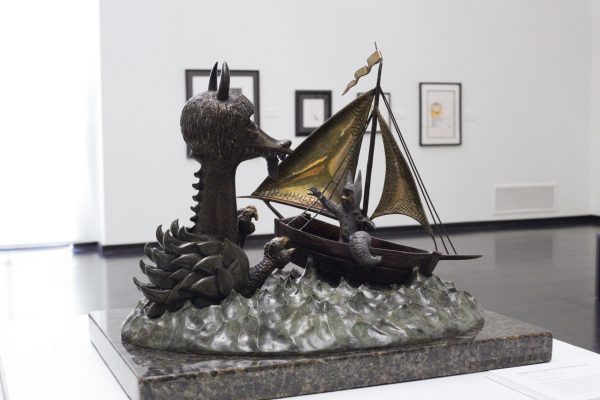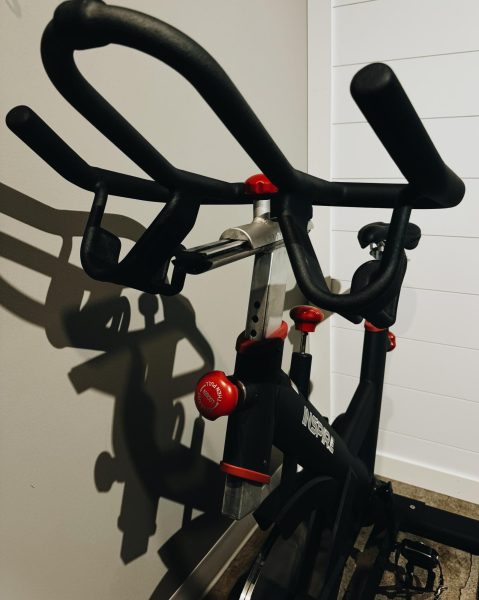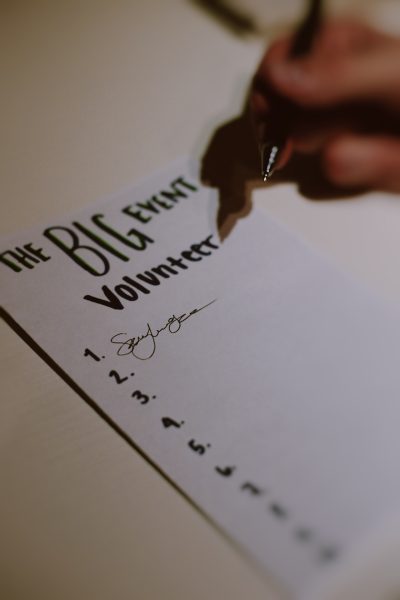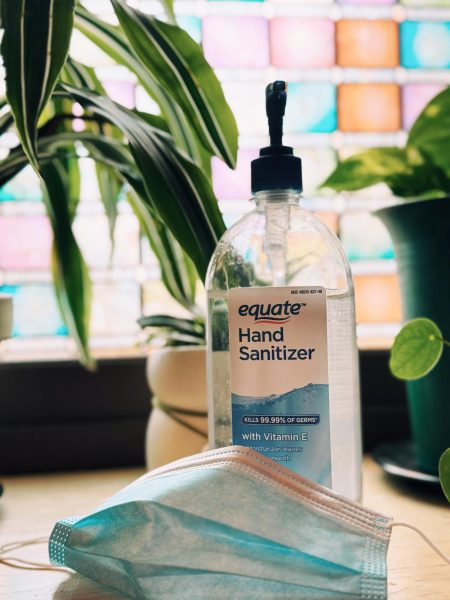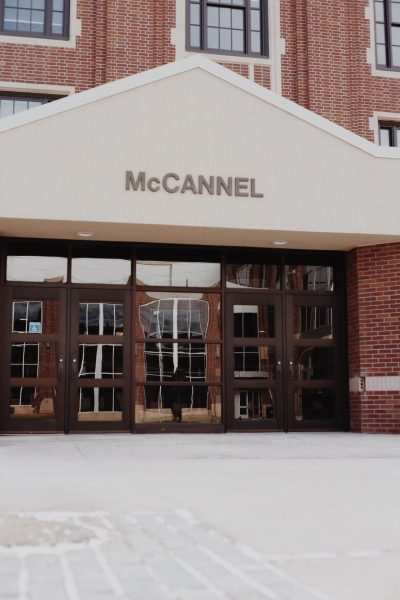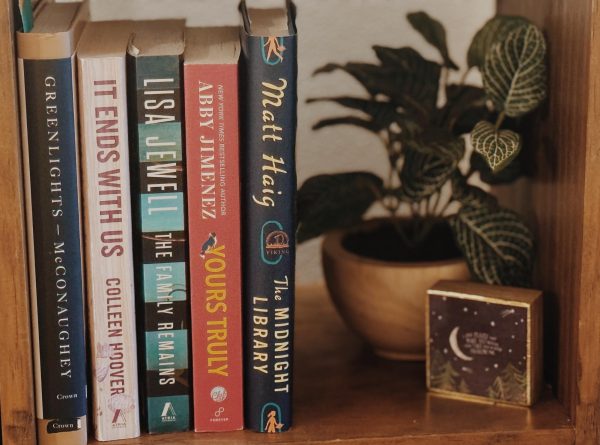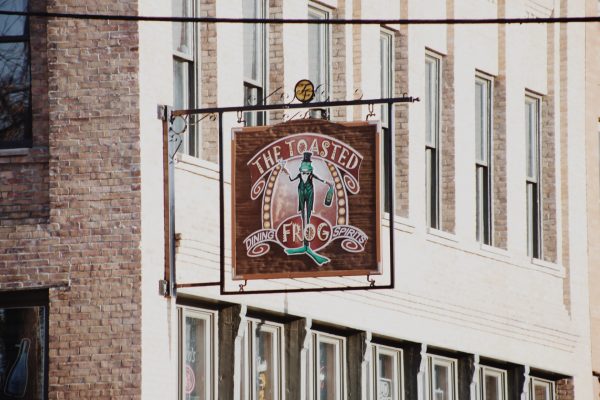Recognizing the history behind a hairstyle
Diana Ross’ afro. Photo courtesy of wordpress.com
I’m a girl who likes to style my hair naturally. What that means for me is that I often wear my hair down or pin it up. Now, I think every person out there can attest that different hair styles mean a wide variety of things for people.
For one of my best friends, it means she’s going out for a night on the town. For another it means she wanted to look pretty. I like to embrace the fact that it’s apart of my racial identity. There is no problem in having our differences for wearing our hair the way we do.
What I have problems with is how often I get off-handed comments solely because I chose to wear my hair in an “ethnic” fashion. There were days where if I straightened my hair, some people would ask me things along the lines of “did you buy it?” or “where did you get your weave from?”. While these are only some of the underlying issues with cultural and racial bias there is more to this argument I’d like to address.
An article in Allure magazine praises how “You Can Have An Afro Too”. Upon reading the article, I was outraged to find a lack of explanation of the Afro’s ethnic history a little disheartening. If it’s true that Allure sought to pay the hairstyle honor, it should have dug a little deeper and made it known. Looking at the article, you see poor word choice and the lack of diversity in the model, which doesn’t show or display any form of diversity long term.
Now don’t get me wrong. I am not saying that the afro solely belongs to the black community. I’m not claiming that girls from other cultures can’t love and appreciate the style based upon how it looks. I am saying it’s wrong with the content presented in this hair tutorial is this, that it fails to recognize the history that comes with the hair style.
Clutch.com responded to the article with crticism speaking that the power of the hair style, “came from years of black women feeling disempowered, and stuck in a culture that told them where they could and couldn’t be.”
Following the article publication in Allure magazine, big time news companies such as Huffington Post grabbed a hold of the story, and asked black contributors in fashion and hair style to give their responses. Some of them like writer Zeba Bay, respond with this, “The problem with appropriating cultures is that you take on the afro or the cornrow or the box braid without understanding the history behind it. When you don’t understand the history behind something, you don’t understand the context in which it’s done, and that’s what makes it offensive.”
The reality is cultural appropriation in any form has long been standing issue of debate. But when it comes to hair styles, and what they mean, I agree with Bay. When we fail to learn about the whereabouts of where something came from, it is hard to see the whole picture. It’s been a long standing sense of history that for a long time black women saw persecution over the period of their beauty movement. They are a way of expressing who we are culturally, and some of that was to show we fit in.
People’s cultures stem from a lot of different factors. Hair styles can be engrained in our culture. For that reason an afro is more than a hairstyle — it’s a part of who they are and who they identify with.
Amina Chinnell-Mateen is an opinion writer for The Dakota Student. She can be reached at [email protected]


